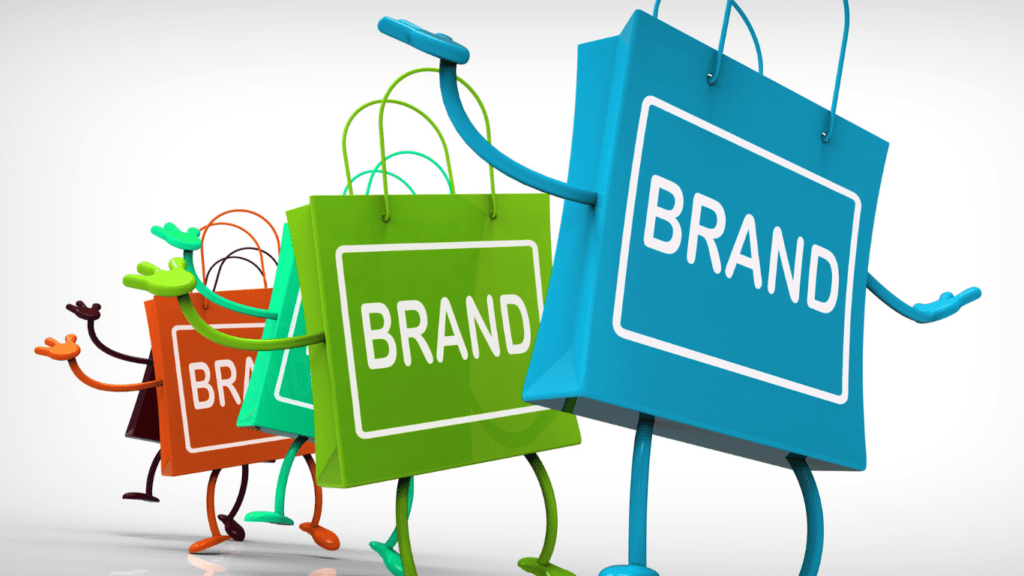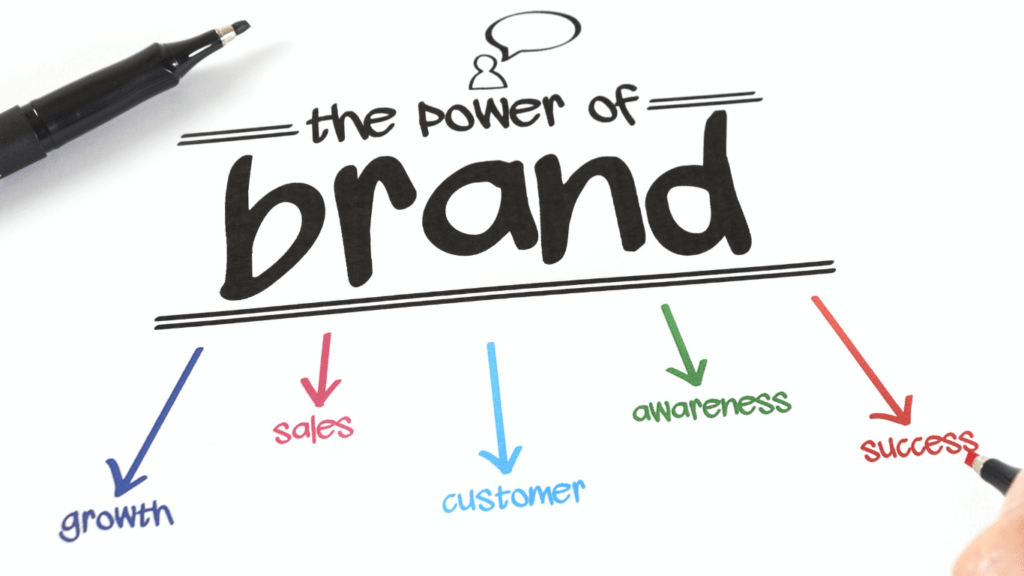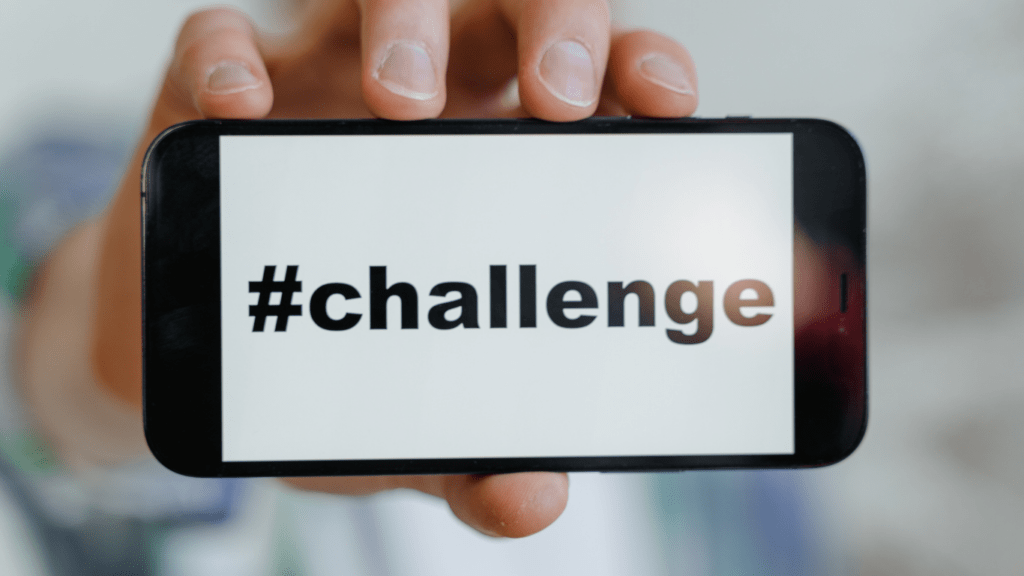The Rise Of Meme Marketing
Meme marketing has emerged as a key strategy for brands looking to boost online engagement. Memes are typically humorous visuals or text-based content that gain momentum through social sharing. The format’s viral nature makes it an effective tool for capturing attention and sparking conversations.
Brands use this medium to tap into cultural moments. For example, companies like Netflix and Wendy’s have crafted memes aligned with trending topics, creating strong emotional connections with their audiences. By using humor and relatable content, they humanize their brands and increase shareability across platforms.
The growing popularity of visual platforms has amplified meme usage. Instagram, TikTok, and Twitter are hotspots where brands post memes tailored to their audience demographics. Higher engagement rates on these platforms have proven the potential of memes to deliver marketing messages more organically than traditional ads.
Tracking trends is essential for resonating with audiences. Successful campaigns often reflect timely and relevant themes, such as challenges, famous pop-culture references, or internet slang. However, misjudging these elements can quickly backfire, damaging brand credibility and eroding trust with consumers.
Why Memes Are Effective For Brands
Memes have become powerful tools for brands, blending humor and relatability to drive engagement. Their viral nature makes them ideal for connecting with audiences and reinforcing brand messaging.
Connecting With Younger Audiences
Memes resonate strongly with younger demographics, particularly Gen Z and Millennials. These groups often consume digital content rapidly on platforms like TikTok, Instagram, and Twitter, where memes dominate. By adopting meme-driven marketing, brands align themselves with the preferences and behaviors of these audiences, who value:
- humor
- authenticity
- brevity
For example, brands like Netflix use memes tied to popular series, making their content appear relevant and engaging without feeling like overt advertising.
Emotional Engagement And Shareability
- Memes evoke emotions, increasing their effectiveness in marketing campaigns.
- Whether it’s laughter, nostalgia, or relatability, these emotional triggers encourage users to engage with and share branded content.
- The shareability of memes amplifies their reach, allowing brands to organically penetrate social circles and gain exposure.
- Wendy’s witty meme responses to online trends demonstrate personality and build an emotional connection with consumers, leading to increased loyalty and visibility.
Successful Examples Of Brands Using Memes

Brands achieving viral success with memes showcase the power of humor and cultural awareness in marketing. Effective campaigns connect with audiences by leveraging relatable content and trending formats.
Case Study: Wendy’s And Viral Twitter Memes
Wendy’s built its meme success on sharp humor and real-time engagement. By responding to users’ tweets with witty and meme-inspired comebacks, Wendy’s sparked widespread attention. A notable example is the “4 for $4” roast campaign, where they humorously challenged competitors while spotlighting their affordable meal deals. This approach humanized the brand, turning it into a personality users could banter with. The effective use of memes strengthened loyalty and showcased Wendy’s adaptability to online trends.
The Popularity Of Netflix’s Meme Campaigns
Netflix consistently uses memes to promote shows and engage its audience. For example, series like Stranger Things and Bird Box became cultural phenomena partly due to meme campaigns on platforms like Twitter and Instagram. Bird Box memes, such as the blindfold challenges, encouraged viral participation, driving conversation and reinforcing Netflix’s presence in social feeds. By aligning memes with their programming, Netflix blurred the line between entertainment and marketing, increasing viewer interest and creating a lasting pop-culture impact.
When Meme Marketing Goes Wrong
Meme marketing can fail when brands misinterpret their audience or come across as inauthentic. These mistakes can hurt credibility, damage trust, and lead to public backlash.
Misunderstanding The Audience
Knowing your audience is crucial for meme marketing success. A brand fails when it uses humor or cultural references that don’t align with audience interests or values. One example is Pepsi’s 2017 ad incorporating protest imagery, which faced criticism for trivializing social movements. Misjudged memes can alienate the target demographic and spark negative reactions, both online and offline.
The Risk Of Being Seen As Inauthentic
Authenticity drives engagement, but forced meme use often achieves the opposite. A brand risks being perceived as pandering if it tries too hard to mimic internet culture. For instance, a stiff or overly corporate tone can make memes feel out of place, undermining their intended humor or relatability. A poorly executed meme campaign can not only fail to engage but also harm the brand’s overall reputation.



